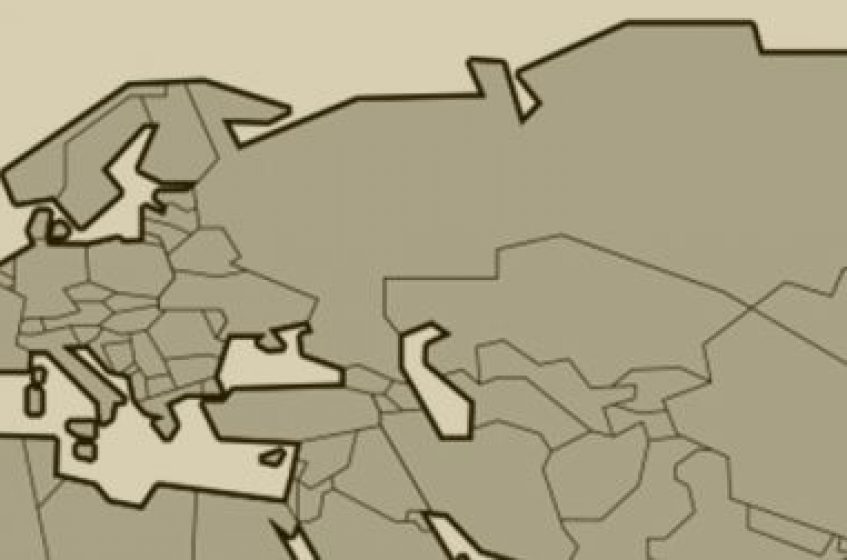
Quantitative History Webinar Series – Fractured-Land and Political Fragmentation
Patterns of political unification and fragmentation have crucial implications for comparative economic development. Diamond (1997) famously argued that “fractured-land” was responsible for China’s tendency towards political unification and Europe’s protracted political fragmentation. Mark Koyama and his co-authors build a model with granular geographical information to quantitatively gauge the effects of “fractured-land” on state formation in Eurasia. They find that a broad version of the “fractured-land” hypothesis that takes into account both topographical features and the location of productive agricultural land is necessary and sufficient, within their model, to account for China’s recurring political unification and Europe’s persistent political fragmentation. In particular, the existence of a core region of high land productivity in Northern China plays a central role in their simulations. In this Quantitative History Webinar, Mark will discuss how their results map into observed historical outcomes and how robust their findings are.
Mark’s co-authors: Jesús Fernández-Villaverde, Youhong Lin, and Tuan-Hwee Sng (May 10, 2020)
A new knowledge exchange platform for researchers and students in the field of Economic History. The interactive Webinars help researchers, teachers and students keep up to date with the latest research in the field. The Quantitative History Webinar Series is co-organised by the Asia Global Institute and Faculty of Business and Economics at HKU, and proudly supported by the International Society for Quantitative History.







